The Streak Continues: 233
This post was published at 2:38am from my Mom’s home in Holbrook, NY. I am headed out at 4:15am for the beach. Was in bed early.
This post, which took me 3 hours to prepare, marks 233 consecutive days with a new enjoyable and educational blog post. With so many folks getting in the habit of using our B&H links and our Amazon logo-links, why quit now? April, May, June, and July have been fantastic as lots of folks are getting the message; using my affiliate links does not cost you a penny and helps support my efforts here. To show your appreciation, I do ask that you use our B&H and Amazon affiliate links on the right side of the blog for all of your purchases. Please check the availability of all photographic accessories in the BIRDS AS ART Online Store, especially Gitzo tripods, Wimberley tripod heads, and the like. We sell only what I have used and tested, and know that you can depend on. We will not sell you junk. We know the tools that you need to make creating great images easy and fun. And we are always glad to answer your gear questions via e-mail.
You can find the following items in the store: Gitzo tripods, Mongoose M3.6 and Wimberley heads, plates, low feet, and accessories, flash brackets, , Delkin e-film Pro Compact Flash Cards, LensCoat products, and our unique line-up of educational materials including ABP I & II, Digital Basics, Site and Set-up e-Guides, Canon and Nikon Camera Users and AF e-Guides, and MP-4 Photoshop video tutorials among others.
I would of course appreciate your using our B&H affiliate links for all of your major gear, video, and electronic purchases. For the photographic stuff mentioned in the paragraph above we, meaning BAA, would of course greatly appreciate your business. Here is a huge thank you to the many who have been using our links on a regular basis and visiting the BAA Online store as well.
|
This image was created on the Nickerson Baby Beach Nesting Birds IPT by Denise Ippolito with the hand held Canon EF 300mm f/2.8L IS II USM lens, Canon Extender EF 2X III, and the EOS-1D Mark IV now replaced by the Canon EOS-1D X. Shutter Button AF. Click on the image to enjoy a larger version. Image #1: Common Terns battling in flight. Image courtesy of and copyright 2014: Denise Ippolito/A Creative Adventure |
Poor, Poor Denise Ippolito with “Only” the 300mm f/2.8L IS II…
I opted to make the trip to the UK without my beloved 600mm f/4L IS II because of concerns involving my damaged but recovering right shoulder. Co-leader Denise Ippolito opted to make the trip to the UK without her 600 II because of concerns involving carry-on weight and travel restrictions. I left instructions with Jim at the BA office to ship my 600 II to my Mom’s house on Long Island so that I would have it–shoulder permitting, for the Nickerson IPT. As we traveled directly from the Newark Airport and then to the NECCC event and then continued on to the IPT motel, Denise was left with “only” her 300mm f/2.8L IS II as her long lens for Nickerson. With both TC of course. I thought that perhaps her not shipping her 600 to my Mom’s might have been a mistake. Hand holding her 300 II for almost the entire 3 days, she proved me wrong in spades.
As above, hand holding allows you to get on and follow the action more quickly and easily than when working on a tripod. And with the 300 II/2X III/1D IV combo she had plenty of reach: 780mm, 15.6X magnification.
|
This image was created on the Nickerson Baby Beach Nesting Birds IPT by Denise Ippolito with the hand held Canon EF 300mm f/2.8L IS II USM lens, Canon Extender EF 1.4X III, and the EOS-1D Mark IV now replaced by the Canon EOS-1D X. Shutter Button AF. Click on the image to enjoy a larger version. Image #2: Common Tern, large chick jumping. Image courtesy of and copyright 2014: Denise Ippolito/A Creative Adventure |
Jumping Tern Chick
Here again we see one of the main advantages of hand holding: being able to get quickly on the subject and acquire focus. Don’t be fooled however: for many, hand holding the 300 II over time requires strength and stamina and getting on the bird requires superior hand-eye coordination. In addition, Denise, though known primarily for her flower and creative photography, knows bird behavior. That enables her to anticipate the action as she did above.
|
This image was created on the Nickerson Baby Beach Nesting Birds IPT by Denise Ippolito with the hand held Canon EF 300mm f/2.8L IS II USM lens, Canon Extender EF 1.4X III, and the EOS-1D Mark IV now replaced by the Canon EOS-1D X. Shutter Button AF. Click on the image to enjoy a larger version. Image #3: American Oystercatcher landing, screaming. Image courtesy of and copyright 2014: Denise Ippolito/A Creative Adventure |
Landing Oystercatcher
Please re-read my comments on the jumping tern chick image above….
|
This image was created on the Nickerson Baby Beach Nesting Birds IPT by Denise Ippolito with the Gitzo 3532 LS carbon fiber tripod and the Mongoose M3.6 head with the Low Mount Arm, the Canon EF 300mm f/2.8L IS II USM lens, Canon Extender EF 2X III, and the EOS-1D Mark IV now replaced by the Canon EOS-1D X. Shutter Button AF. Click on the image to enjoy a larger version. Image #4: Common Tern, adult landing with flatfish lunch. Image courtesy of and copyright 2014: Denise Ippolito/A Creative Adventure |
The Flatfish Dinner
Here Denise was disappointed with herself as she just clipped the last primary of the adult’s right wing. She showed off her formidable Photoshop skills by completing the repair with the Clone Stamp Tool. From where I sit, this was is incredible image that features frantic action and in addition is incredibly sharp. How she gets the lens on these situations and acquires sharp focus so quickly is beyond me.
|
This image was created on the Nickerson Baby Beach Nesting Birds IPT by Denise Ippolito with the hand held Canon EF 300mm f/2.8L IS II USM lens, Canon Extender EF 2X III, and the EOS-1D Mark IV now replaced by the Canon EOS-1D X. Shutter Button AF. Click on the image to enjoy a larger version. Image #5: Least Tern, wings-up landing display. Image courtesy of and copyright 2014: Denise Ippolito/A Creative Adventure |
Wings-up Landing Display
Here the race again went to the young, the fast, and the well-prepared. I was still setting my up gear when Denise created this image. Even though we had a few similar chances after I was in place I just could not get the tripod-mounted 600 II on the bird fast enough to acquire focus; the bird kept its wings raised for only a second or two at most after landing….
|
This image was created on the Nickerson Baby Beach Nesting Birds IPT by Denise Ippolito with the hand held Canon EF 300mm f/2.8L IS II USM lens, Canon Extender EF 2X III, and the EOS-1D Mark IV now replaced by the Canon EOS-1D X. Shutter Button AF. Click on the image to enjoy a larger version. Image #6: Black Skimmers, flock in flight pano. Image courtesy of and copyright 2014: Denise Ippolito/A Creative Adventure |
Black Skimmers, Flock in Flight Pano
Here Denise showcases here artistic side with a lovely pano crop. In situations like this, knowing exactly when to press the shutter button is the key to create a successful images; pointing and shooting without being aware of the shape of the flock as it fluxes and without concern for compositional balance simply does not work….
|
This image was created on the Nickerson Baby Beach Nesting Birds IPT by Denise Ippolito with the hand held Canon EF 300mm f/2.8L IS II USM lens, Canon Extender EF 1.4X III, and the EOS-1D Mark IV now replaced by the Canon EOS-1D X. Shutter Button AF. Click on the image to enjoy a larger version. Image #7: Black Skimmers battling. Image courtesy of and copyright 2014: Denise Ippolito/A Creative Adventure |
Bad Luck for Me 🙂
I had been sitting behind my lowered tripod for near 90 minutes doing skimmer flight photography. My butt hurt so badly that I got up to stretch. Ten seconds after I stood up I missed the best and only skimmer aerial battle of the day. One of the participants, Dave Klein, got a very similar, possibly slightly better image of pretty much the same instant in time. You stretch, you lose.
|
This image was created on the Nickerson Baby Beach Nesting Birds IPT by Denise Ippolito with the hand held Canon 15mm fish eye lens now replaced by the Canon EF 8-15mm f/4L Fisheye USM Fisheye Ultra-Wide Zoom Lens and the EOS-1D Mark IV now replaced for landscape photography by the Canon EOS 5D Mark III . Shutter Button AF. Click on the image to enjoy a larger version. Image #8: Sea, Surf, and Sky Fish Eye. Image courtesy of and copyright 2014: Denise Ippolito/A Creative Adventure |
Sea, Surf, and Sky Fish Eye
Here Denise shows off her artistic sense of image design as well as her impeccable timing.
Image Question
What does this seascape image have to do with the timing of the shutter release?
This Just In: 10:50am ET: Another Used Mint 300 II for Sale
Sale Pending/Sold Instantly
Aubrey Blalock is offering a used Canon EF 300mm f/2.8L IS II lens in like new, near-mint condition–used only twice, for $6,399. Includes factory software upgrade, the original front lens cap, a LensCoat, and an Arca-Swiss compatible Really Right Stuff Low Foot. Seller pays insured shipping to continental US addresses. The lens will not ship until your check clears.
Please contact Aubrey via e-mail or by phone at 1-409-767-3155. As yesterday’s 300 !1 did, this one should sell instantly.
Your Favorite?
Please take a moment to leave a comment and let us know which of Denise’s great images is your very favorite. And please let us know why. If you think that Denise is a great bird photographer, you are right. But you should see her flowers…. Do think about joining us on next spring’s Tulips and a Touch of Holland IPT. See below for details.
If…
If this post inspires you to purchase a new 300 II, please consider using one of our B&H affiliate links above. Same goes for the TCs. As predicted, the 300 II that was listed only yesterday sold instantly. You can see lots more great new ued photo gear listings here.
Be sure to like and follow BAA on Facebook by clicking on the logo link upper right. Tanks a stack!
|
Denise and artie hope that you can join them next spring in Holland and learn to improve both the technical and creative aspects of your flower (and street) photography. |
7 1/2-Day/8-Night: A Creative Adventure/BIRDS AS ART/Tulips & A Touch of Holland Instructional Photo-Tour (IPT)
Keukenhof—Delft—Amsterdam–Flower Fields—Kinderdijk
April 9 -April 16, 2015: $4995. Limit: 12 photographers/Openings 10. Four more to make the trip a go.
This trip needs 6 registrants to run so please do not purchase your plane tickets until you hear from us that the trip is a go.
Join Denise Ippolito, the author of “Bloomin’ Ideas,” and Arthur Morris, Canon Explorer of Light Emeritus, for a great trip to Holland in mid-April 2015. Day 1 of the IPT will be April 9, 2015. We will have a short afternoon get-together and then our first photographic session at the justly-famed Keukenhof. Our last day, Day 8, April 16 will be a full day of photography.
The primary subjects will be tulips and orchids at Keukenhof and the spectacularly amazing tulip, hyacinth, and daffodil bulb fields around Lisse and points north. We will spend one full day in Amsterdam. There will be optional visits to the Van Gogh Museum, the Anne Frank House and/or the Rijk’s Museum. Street photography and sightseeing will be other options. We will spend a half day at Kinderdijk where we will be photographing the windmills and doing some creative photography. We will spend an afternoon in the lovely Dutch town of Delft where we will do some street photography and shopping. There is an optional church tower tour/climb. We will also enjoy a superb fine dining experience in a traditional restaurant.
Other than the arrival date: April 9, Day 1, and the date of our last day of photography on April 16, Day 8, there is no set itinerary. We will check the weather and play everything by ear to maximize the photographic opportunities. We will try to do Amsterdam, Delft, and especially Kinderdijik, on cloudy days.
There are several huge pluses to this trip. First off, denise is an amazingly skilled and caring instructor. Both her creativity and her willingness to share and to help beginning and intermediate photographers are unmatched. And though artie has learned a ton about flower photography from denise, their styles and techniques do vary considerably. You will have a chance to be counseled by and to learn from both of them. While denise will hunt you down to help you, artie’s teaching style is more “the closer you stay to me, the more you will learn.” Both leaders consistently inspire the participants. And each other. The sky, of course, is the limit.
You will learn to create tight abstracts, how best to use depth-of-field (or the lack thereof) to improve your flower photography, how to get the right exposure and make sharp images every time, how to see the best shot, and how to choose the best perspective for a given situation. And you will of course learn to create a variety of pleasingly blurred flower images. If you bring a long lens, you will learn to use it effectively for flower photography. Denise’s two favorite flower lenses are the Canon EF 100mm f/2.8L Macro IS USM lens and the Canon EF 24-105mm f/4L IS USM lens. Mine are the Canon 100mm f/2.8L IS macro , the Canon EF 180mm f/3.5L Macro USM lens ,and the Canon EF 300mm f/2.8L IS II USM lens, all almost always on a tripod. Often with extension tubes and/or either the 1.4X or the 2X (with the 300 II) teleconverters. Denise hand holds a great deal of the time. For flower field blurs denise uses the same lenses mentioned above along with her new 70-200mm f/2.8L IS III lens. Artie’s favorite is that same 70-200 often with a 1.4X TC but he uses both the new Canon EF 24-70mm f/2.8L II USM lens and the 300 II as well. Both of us use and love the Canon EOS 5D Mark IIIfor all of our flower photography. The in-camera HDR and Multiple Exposure features are a blast.
One of the great advantages of our trip is that we will be staying in a single, strategically located hotel that is quite excellent. Do note that all ground transfers to and from Schipol Airport will be via the free hotel shuttle bus.
What’s included: Eight hotel nights. All ground transportation except for airport transfers as noted above. In-the-field instruction and small group image review and Photoshop sessions. All meals from dinner on Day 1 through dinner on Day 8. There is good food at the hotel and we will be dining there on occasion; whenever you order off the menu be it at the hotel or at another restaurant only the cost of your main course is included. On these occasions the cost of soups, appetizers, salads, sodas and other beverages, alcoholic drinks and wine, bottled water, and desserts are not included. Snacks, personal items, phone calls, etc. are also not included. The cost of bus or train transportation to and from Amsterdam (about $20 US), museum entry, and tower and church entry fees (optional) are likewise not included.
Beware of seemingly longer, slightly less expensive tours that include travel days and days sitting in the hotel doing nothing as part of the tour. In addition, other similar trips have you changing hotels often and needlessly. One final note on other similar trips: the instructors on this trip actually instruct. On other similar trips the instructors, though usually imminently qualified, serve for the most part as van drivers and van door openers.
A non-refundable deposit of $1,000 per person is required to hold your spot. The second payment of $2,000 due by October 30, 2014. The balance is due on January 15, 2015. Payments in full are of course welcome at any time. All payments including the deposit must be by check made out to “Arthur Morris.” As life has a way of throwing an occasional curve ball our way, you are urged to purchase travel insurance within 15 days of our cashing your check. Artie uses and recommends Travel Insurance Services. All payments are non-refundable unless the trip fills to capacity. In that case, all payments but your deposit will be refunded. If the trip does not run every penny will of course be refunded. Again, please do not purchase your air tickets until you hear from us that the trip is a go. We are very confident that it will.
All checks should be made out to “Arthur Morris” and sent to: Arthur Morris, PO Box 7245, Indian Lake Estates, FL 33855. Call Jim or Jen in the BAA office with any additional registration questions: 863-692-0906.
For couples or friends signing up at the same time for the tulip trip, a $200/duo discount will be applied to the final payment.
When you send your deposit check, please print, sign, and include the paperwork here.
If you have any questions on the trip please contact artie by e-mail or denise by e-mail.
Support the BAA Blog. Support the BAA Bulletins: Shop B&H here!
We want and need to keep providing you with the latest free information, photography and Photoshop lessons, and all manner of related information. Show your appreciation by making your purchases immediately after clicking on any of our B&H or Amazon Affiliate links in this blog post. Remember, B&H ain’t just photography!
Amazon Canada
Many kind folks from north of the border, ay, have e-mailed stating that they would love to help us out by using one of our affiliate links but that living in Canada and doing so presents numerous problems. Now, they can help us out by using our Amazon Canada affiliate link by starting their searches by clicking here. Many thanks to those who have written.
Typos
In all blog posts and Bulletins, feel free to e-mail or to leave a comment regarding any typos, wrong words, misspellings, omissions, or grammatical errors. Just be right. 🙂

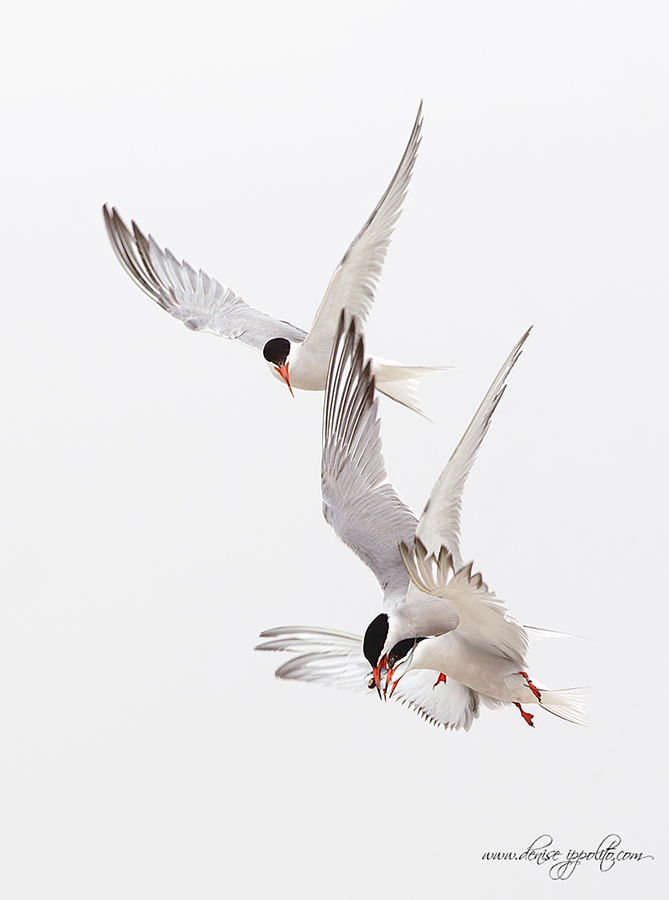
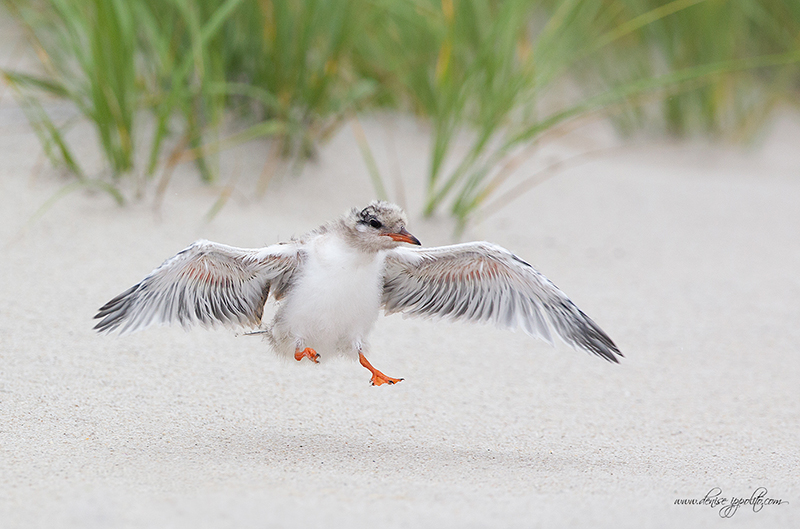
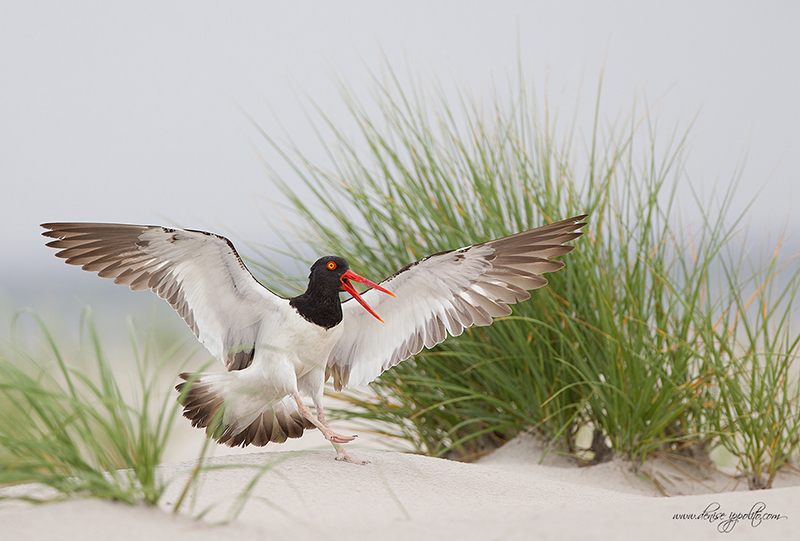
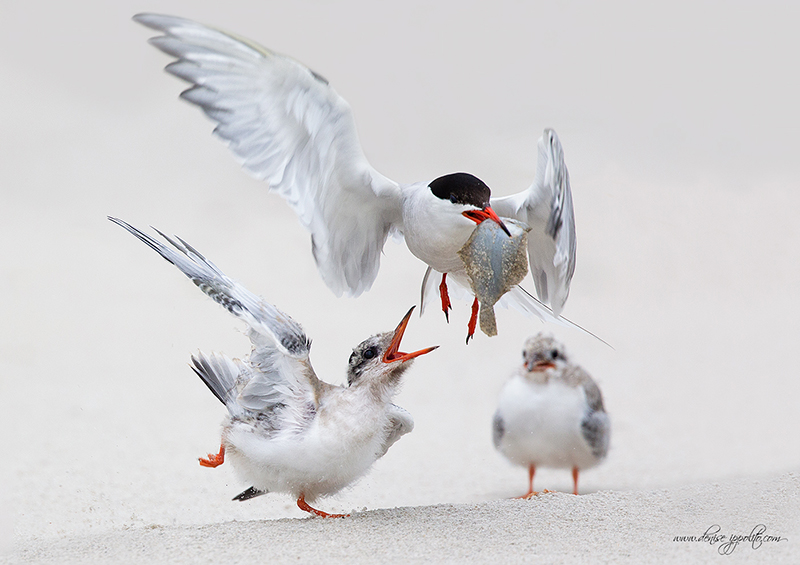
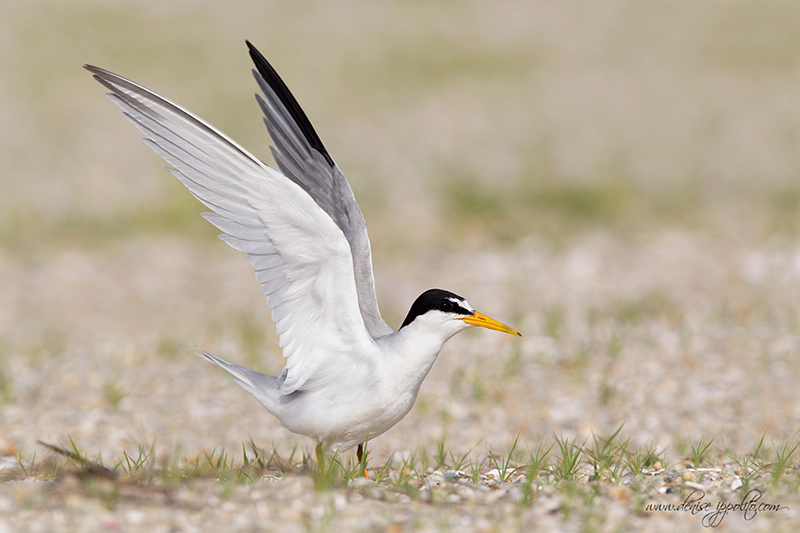
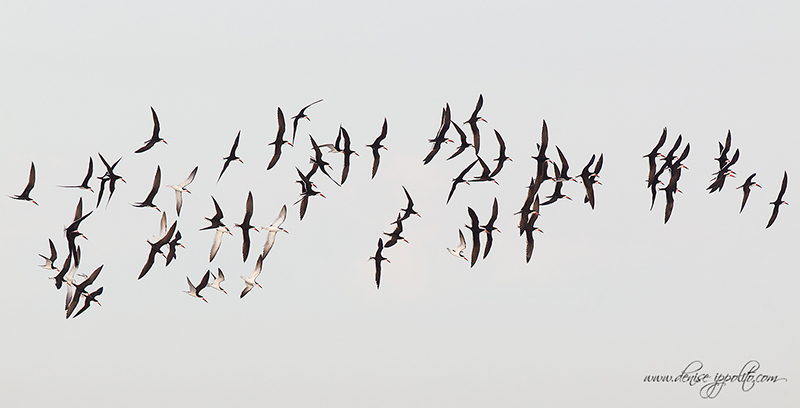
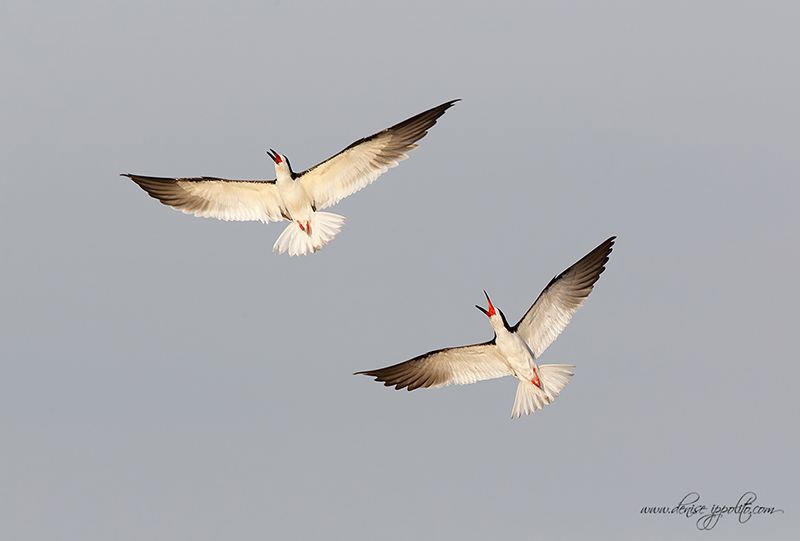
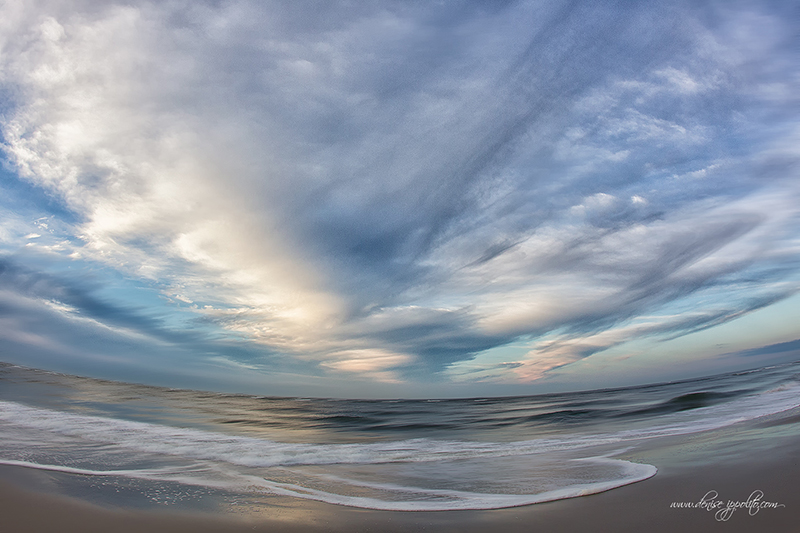
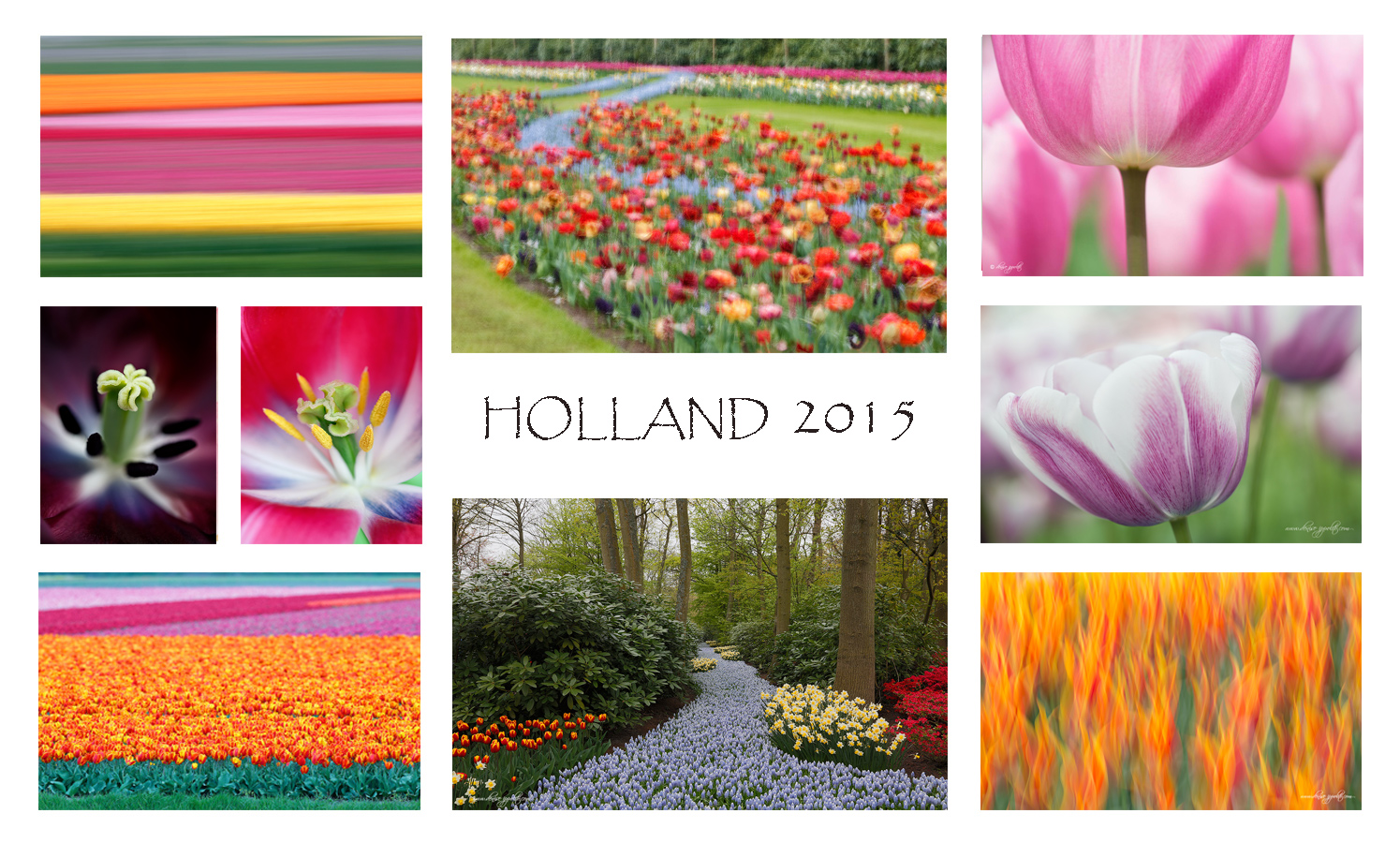













Arthur, even though I sent you an email thanking you already I would like to publicly thank you for posting my images and for your kind comments regarding my photography. Your continued support of my work is and has always been very encouraging, thank you 🙂
You are most welcome. artie
My fav would be the jumping tern chick because of the timing and all the detail. I’ve shot the beach there with Denise and she pretty much called every move the birds made before they made it.
Hey Joe, Glad we got to shoot there together. It was fun. Thank you for your kind remarks 🙂
Denise
Your images in general are outstanding, but these are simply breathtaking. True respect.
Hi Remington, Thank you for your kind comments, they mean a lot to me 🙂
Artie, Thank you for sharing your comments on Denise’s work. Her ability to catch the moment with her images is outstanding. The details like the chick standing on only one leg while reaching with mouth open for the fish in the Landing Oystercatcher or the foot up on the Jumping Tern Chick. What a treat to be able to take in her work. Thank you for sharing. Muriel
Hi Muriel, Thank you for your more than kind words. I appreciate the support of my work 🙂
You are most welcome Muriel. It was my pleasure to feature such great work.
As always, stunning and creative! All too good to pick a favorite.
Thanks Nancy!!
Art, you mention “getting on the bird” with the 300 requires superior hand-eye coordination. I’ve always had trouble with long primes locating a moving bird – I see it, raise or swing the camera, where is it? My technique with my 100-400 is to locate the bird at 100 (much easier) and then push out to 400 or so. I wonder if you use this technique with the 200-400 or, if you don’t use it anymore for BIF, whether you would recommend it to others.
Hi Leonard, Here is exactly what I said, “Don’t be fooled however: for many, hand holding the 300 II over time requires strength and stamina and getting on the bird requires superior hand-eye coordination.”
I have never used your technique with the 200-400 or with any other zoom lens and thus I cannot recommend it or not to others. My age-related problems have much more to do with keeping the sensor directly on the bird and not with finding the bird in the viewfinder.
The big problem with photographing the terns in flight is that they fly so erratically; you raise the lens and point at where they were but they ain’t where they were anymore :). artie
Denise,
You hit it out of the ball park with Photo #!. The artistic twist is just incredible.
Please accept my sincere “Thanks” for your expertise and so many tips on our trip to Holland this year. You were so wonderful to be with and I appreciated the experience with you and Artie more than any trip I’ve ever been on!
Thanks so much,
Jim
Hi Jim, Thanks so much, I like that one too 🙂 I’m glad you had a fun in Holland and it was truly a pleasure to spend time working with you. See you soon, I hope!
Yes, Denise’s work is, as always, stunning! Thanks for posting these stunning and motivating photographs of hers!
My three favorites from this series – American Oystercatcher landing, screaming; Black Skimmers battling and Common Tern, large chick jumping
I have been lucky enough to shoot with Denise at Nickerson. She was there one weekend with “only” her 100-400 — proving once again that it is NOT the gear, but the photographer, the skill, the heart, the technique, and the patience. I was amazed at her images at Nichkerson with the 100-400, but especially by the way she slowly and unobtrusively scooted herself in position to capture the bird’s behaviors without spooking the birds.
Artie, you said it in your recent presentation at NECCC – it is NOT all about the gear.
Hi Lisa, Thank you for the very kind comments. Knowing that your love for nature is as strong as mine means even more 🙂
Incredible Images!!
Thanks Ted!
Hi, Artie. Wonderful images, but that’s what I expect from Denise. I think it was you who was kind enough to lend me the 300 f/2.8L IS II with 2X extender on an IPT a couple years ago and I was amazed at how sharp and quick-focusing it was, even with the 2X TC. Still, after a day and a half of using it handheld I got a backache…My favorite is the screaming/dancing oystercatcher. I love the composition, color, and action. I agree with the others about the seascape; that tongue of water going up the beach is perfect. I am on Nantucket, not that far from you, and we’ve been having a little nor’easter here, winds to 20 mph and over half an inch of rain. I guess it bypassed you? Lots of terns here (arctic, black, common, least, roseate, royal, others?) but all behind protective ropes so you can’t get close.
Wow, great work Denise!
As for the sea image… The surf is near peak on the beach while maintaining a clean sand edge at the bottom. Also, the graceful arch and shape of the water provides a nice balance to the bright clouds in the upper-left half of the image.
Hi Dvaid, Thanks so much for your continued support of my work!
Whoops-David!
Denise, What a grand eye you have, along with instant awareness and the patience to “see” these images. Very good. Jim Amato
Hi Jim, Thank you for your kind comments, I really do appreciate everyone’s support!
I agree with Doug West re:timing of the seascape. Catching the water at its (apparent) high point on the sand added that artistic curve toward the camera that really makes the shot.
Her other images from Nickerson are outstanding in their artistic composition and incredible sharpness; congrats, Denise!
Artie – I think in the second paragraph under Poor Poor Denise, that begins with “And with the 600 II/2X III/1D IV combo” you meant to say 300II, not 600?
Thanks and fixed.
Hi Loren, Thank you kindly 🙂
Maybe, in my old age, I haven’t been reading the techs under the image closely enough. Or perhaps I missed a couple of the 233 blog posts. At any rate, I now see under Denise’s pics “Shutter Button AF”. Is this departure from the long promoted back button focus something you both are working with or did I just miss something?
Not sure what you saw or what you missed but Denise has never used Rear (aka “back-button)) focus. As for what I am up to you will need to stay tuned 🙂 artie
Thanks for the clarification Artie, The images are incredible, as always. I’ll stay tuned…..
Hi Dave,
I never use Rear focus, I use center point focus and Shutter Button AF almost 100% of the time for birds in flight or when dealing with action. Thanks 🙂
Thanks Denise. You are still an inspiration to me, and I’m sure, everyone else who sees your work.
You are too kind David, we need to get together again soon 🙂
Denise, image #4 with the two chicks and parent with fish is extraordinary. It has all the elements for a prize winner.
I love the grumpy chick in the background. That’s what “makes” this image!
Hi Ar,
Thanks so much! I appreciate your kind words.
Denise’s images from Nickerson are awesome. The jumping tern chick, landing Oystercatcher, and fisheye scene blew me away when I saw them on her blog. Awesome work Denise!!!
Thanks so much Andrew!!
What does this seascape image have to do with the timing of the shutter release?
This is a total shot in the dark, but I’ll say the location of the surf, by getting
it at or near its limit up the beach. If the water would’ve receded, she’d have
a lot more of that wet sand look (that’s the best way I can describe it).
Doug